Living things must be made of at least one or more ________. They can be unicellular or multicellular.
Cells
Plant cells are usually shaped like a _________.
rectangle/box.
The control center of the cell that holds DNA.
Nucleus
Identify structure A.
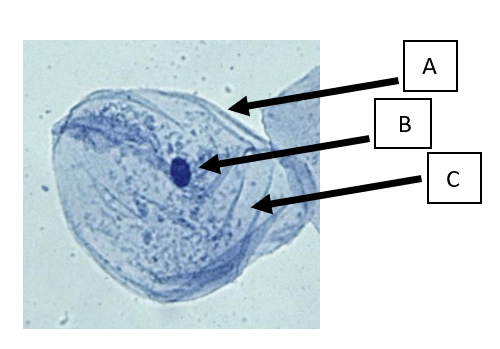
Cell membrane
Why do scientists use microscopes?
Look at specimen that are too small for our eyes to see.
When living things make their own food, consume other things or break down dead materials, they need and use _____________.
Energy
Why does a plant cell have a fixed shape and an animal cell does not?
Cell Wall gives support and structure.
Makes food for the plant cell and absorbs sunlight to carry out photosynthesis.
Chloroplast
Identify structure B. 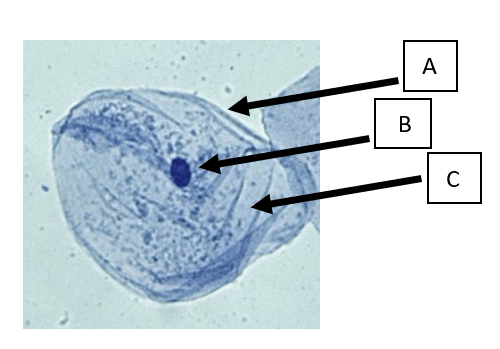
Nucleus
Why do scientists use different magnifications for different substances?
They are different sizes and some of their cells are much smaller than others (example: cheek cells are smaller than onion cells.)
When living things increase in size, mature over time and have a life span, they ______________ and _________.
Grow and Develop
Which of the following structures is found in both plant and animal cells?
a. Mitochondria.
b. Cell wall.
c. Chloroplast.
A. Mitochondria
Stores food, water and waste in the cell and is much larger in the plant cell.
Vacuole
Identify structure C.
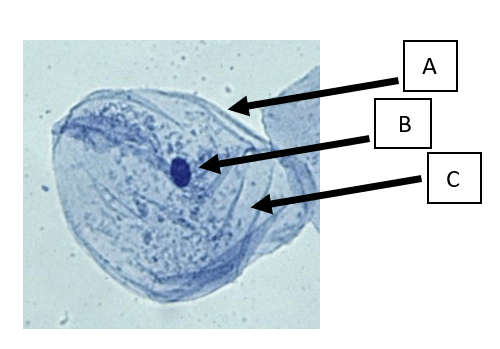
Cytoplasm
Place the substances (cells) in order from smallest to largest. 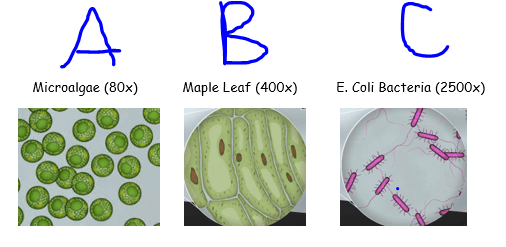
C, B, A
Living things produce offspring through asexual or sexual ___________________.
Reproduction
___________ is the part of the plant cell that makes the process of photosynthesis possible.
a. Vacuole.
b. Cyotplasm.
c. Chloroplast.
c. Chloroplast
Controls what goes in and out of the cell.
Cell Membrane
Identify the green structures.
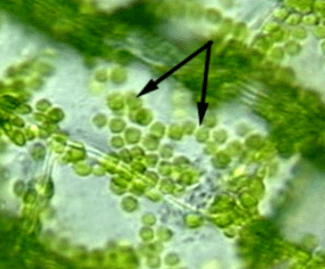
Chloroplasts
Living or nonliving? What characteristic do you see? 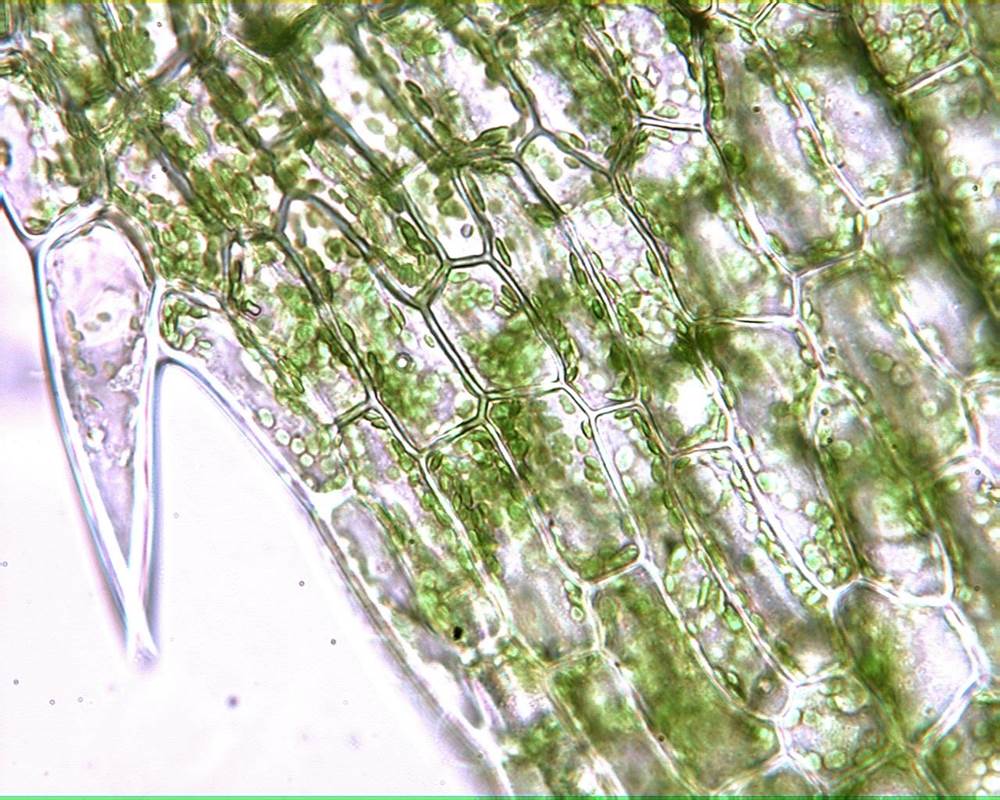
Living- Plant cells that have cell walls and chloroplasts to carry out photosynthesis.
Living things have a genetic code and pass down traits to the next generation through ____________ in the nuclei of their cells.
DNA
True or False: Plant cells have larger vacuoles than animal cells.
TRUE! The vacuole takes up a large space in the plant cell for food, water and waste storage.
A gel-like fluid that supports the cell organelles and holds them in place.
Cytoplasm
What surrounds this type of cell?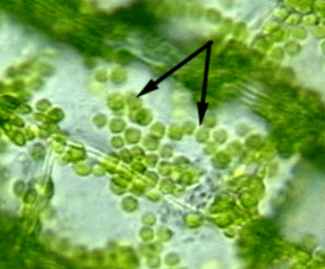
Cell Wall
Living or nonliving? 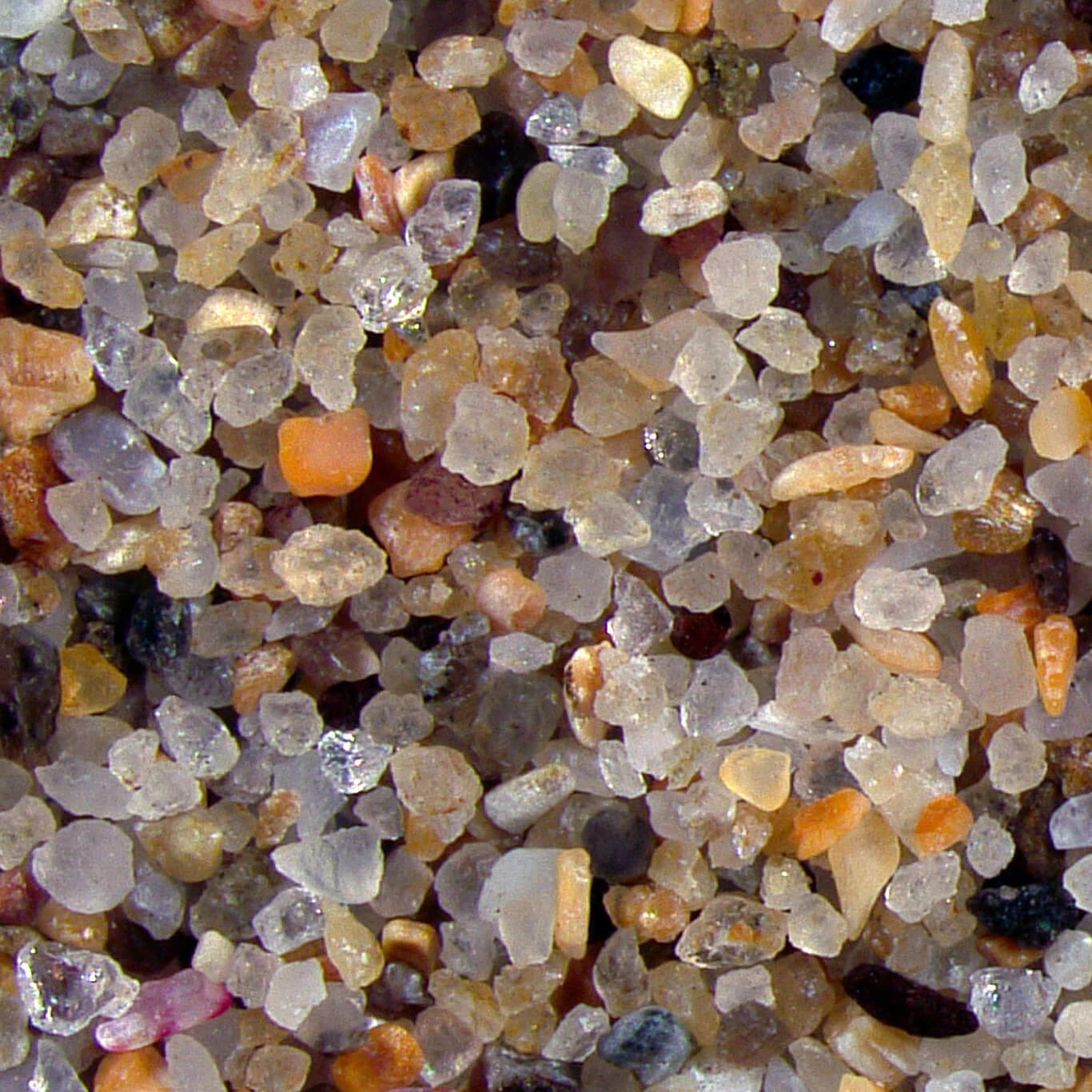
No cells are present therefore they don't have body systems to maintain a stable internal environment.